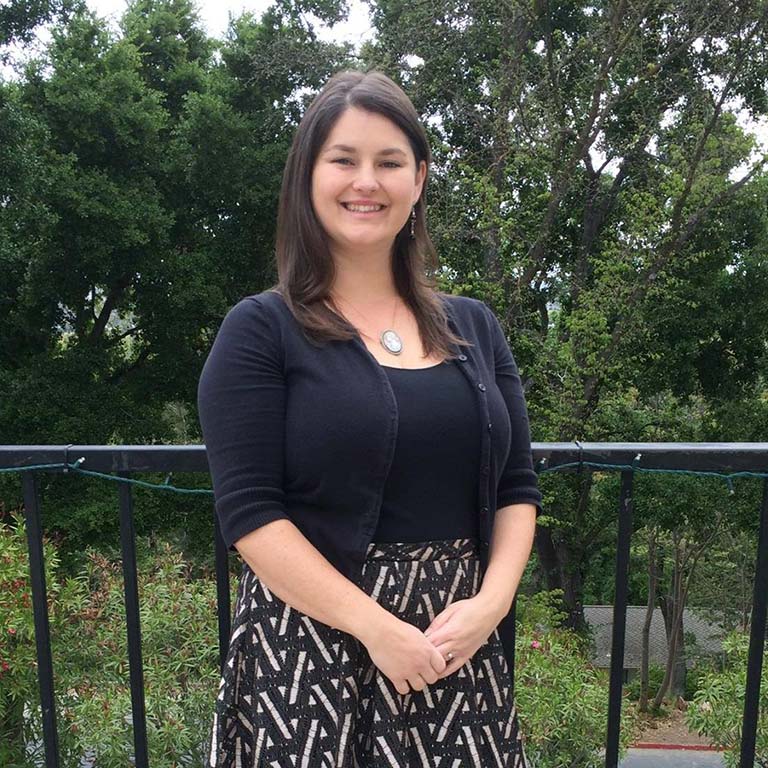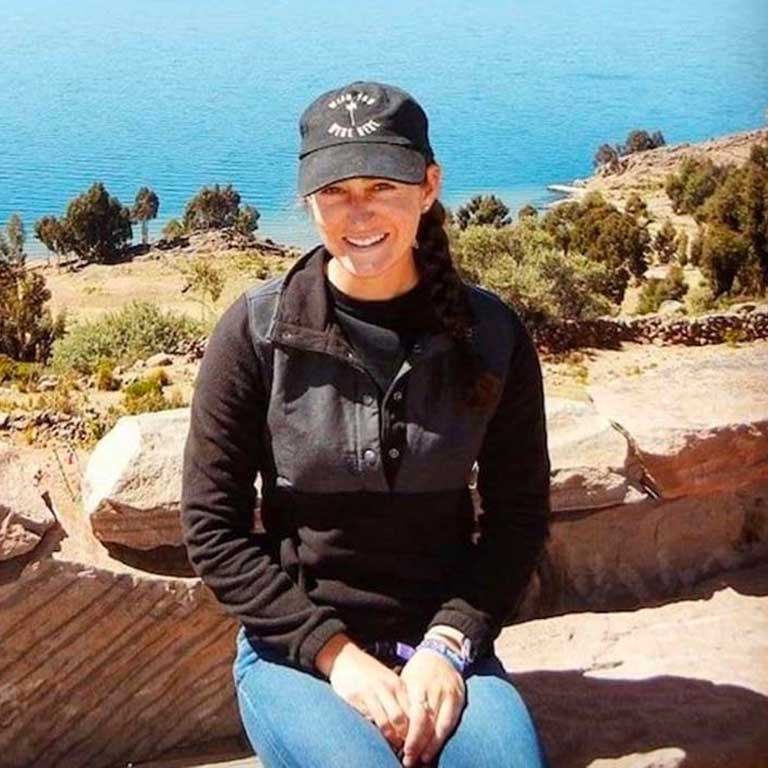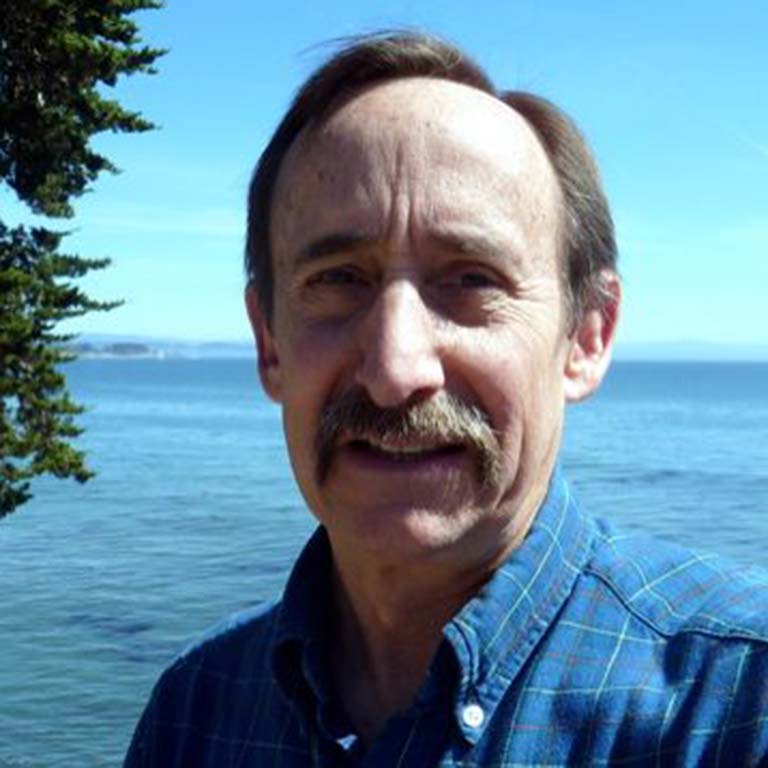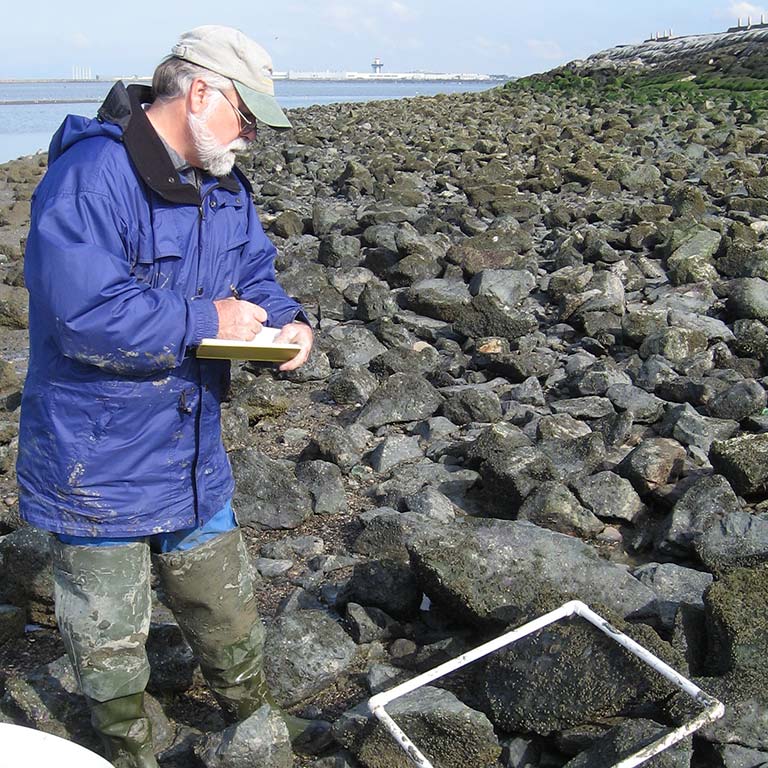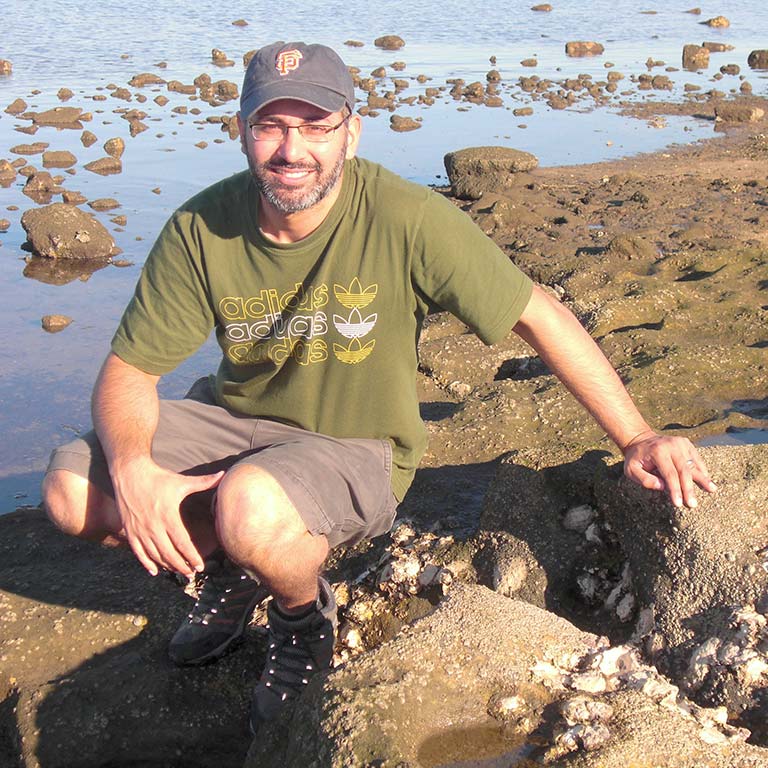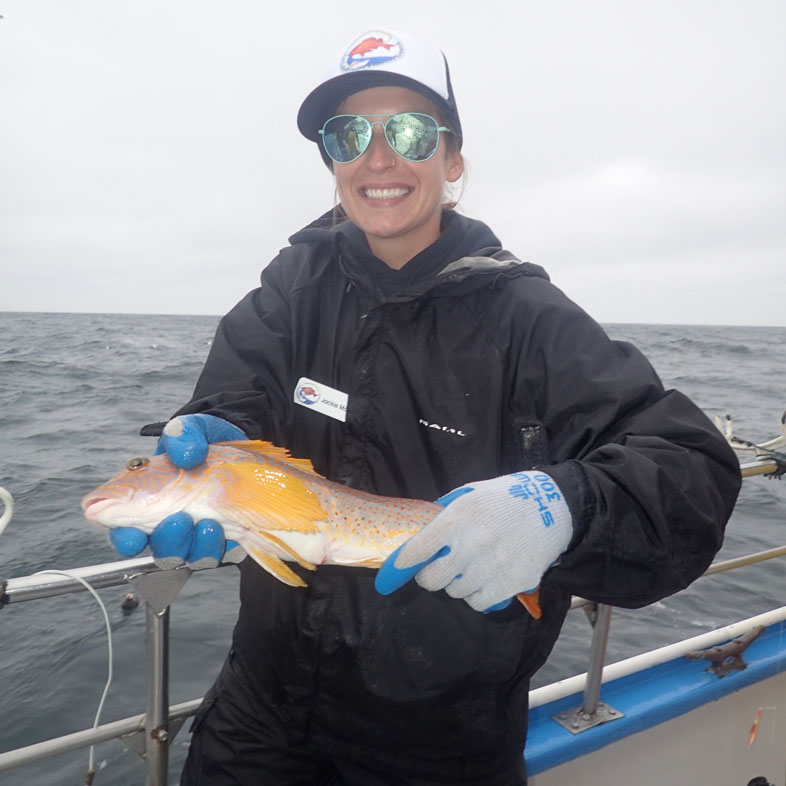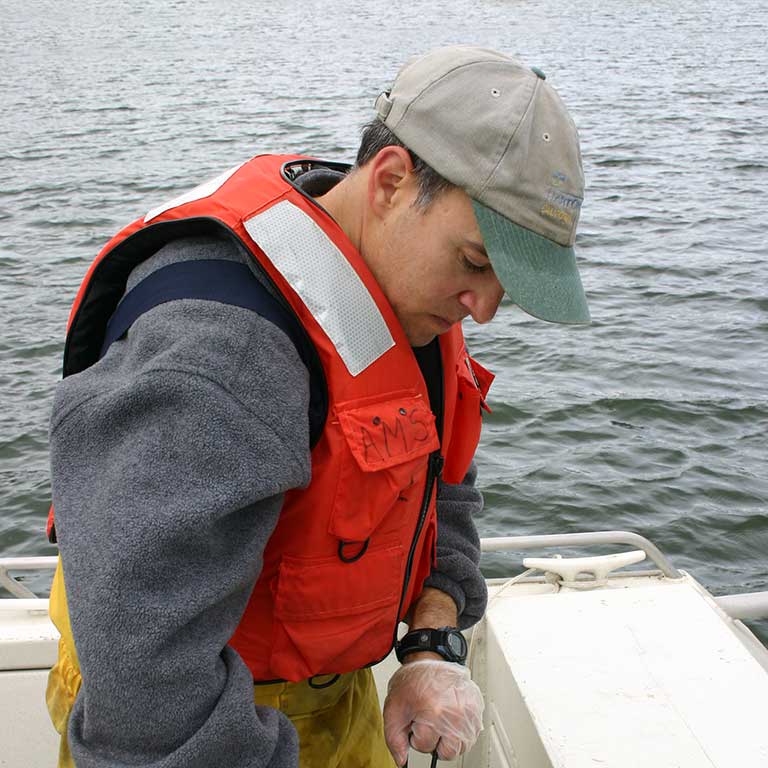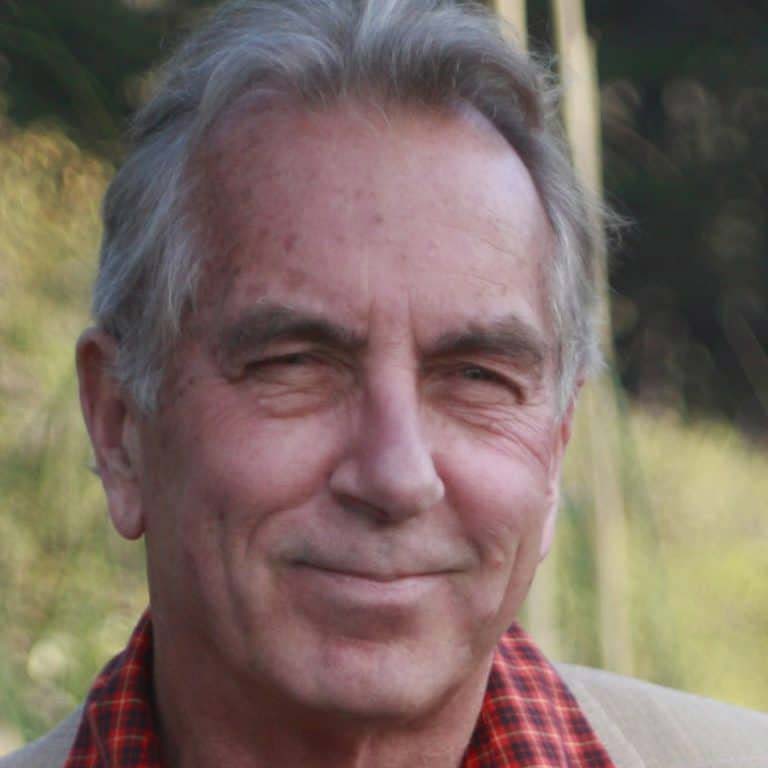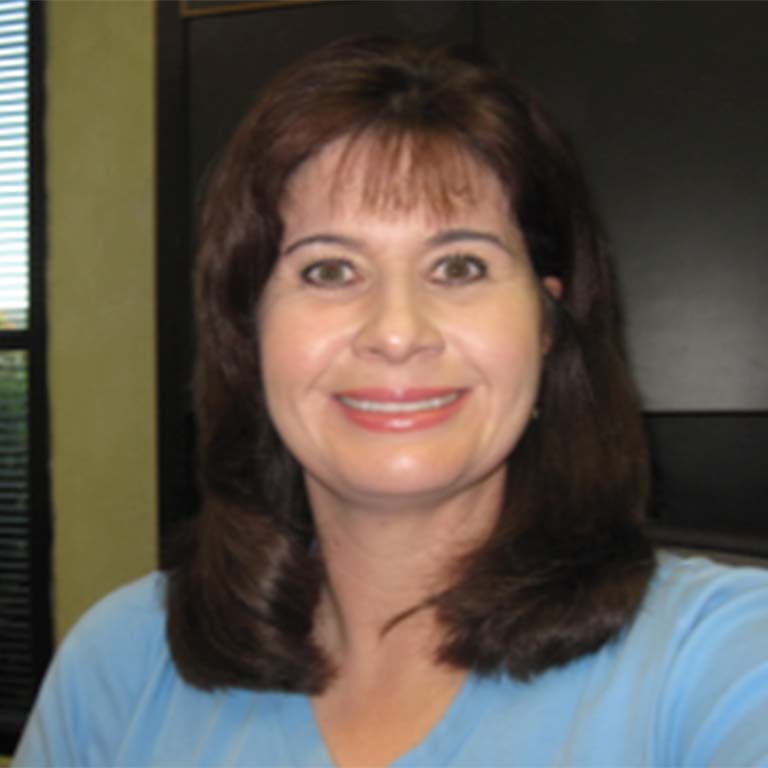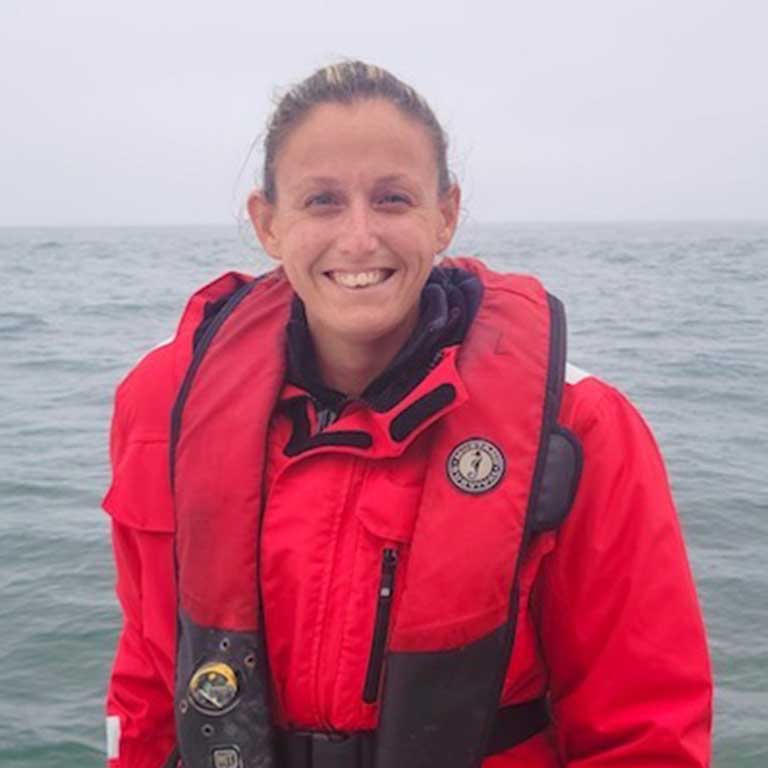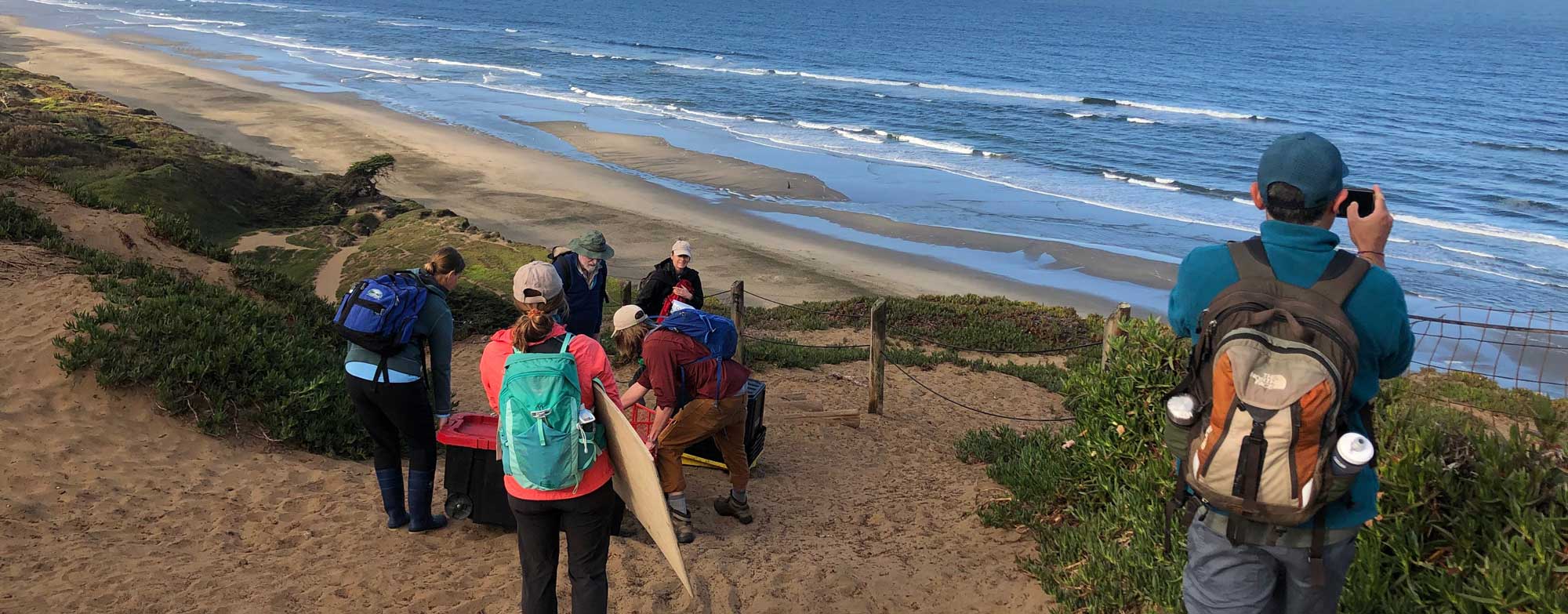
Staff
AMS’ professional staff has a broad range of experience, capabilities, and expertise.
With more than 150 years combined experience in providing marine, aquatic and environmental consulting services, company principals and staff have expertise in marine biology, aquatic chemistry, oceanography, toxicology, fisheries, limnology, biogeochemistry, computer sciences, data management, and modeling. Moreover, AMS’ network of professional associates from other firms and academic institutions provide our clients with the most knowledgeable and credible experts available.


